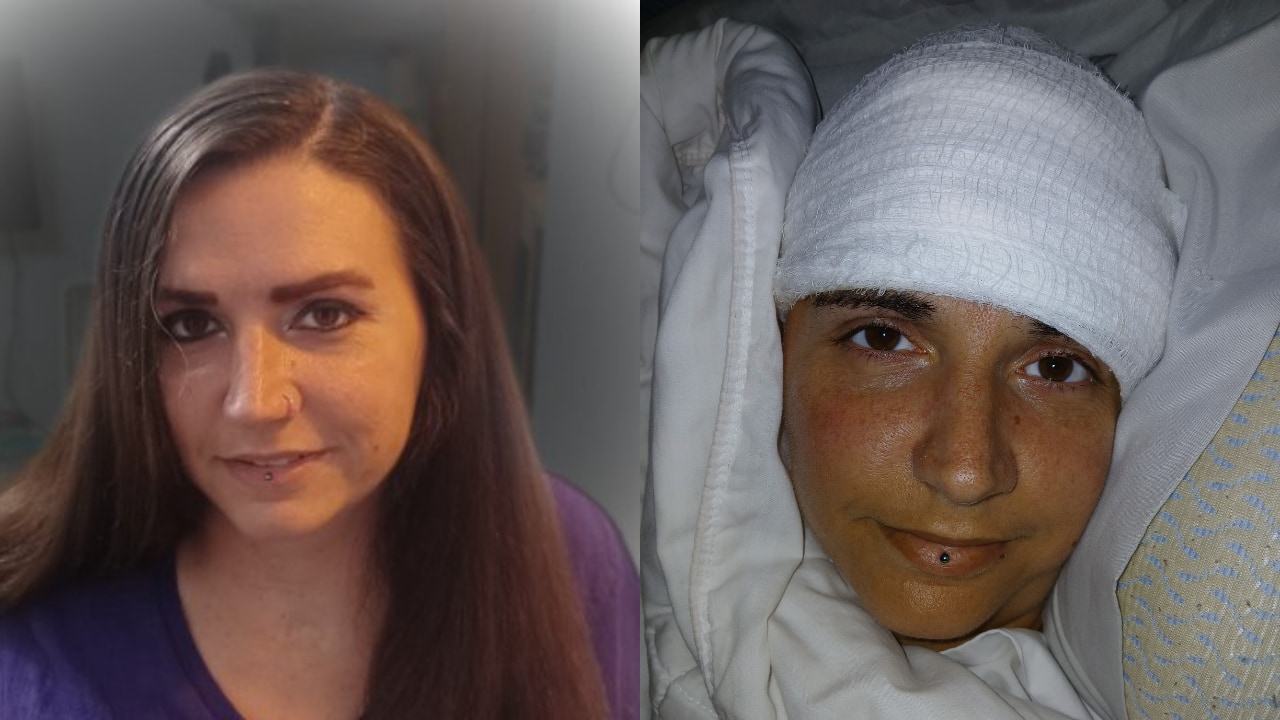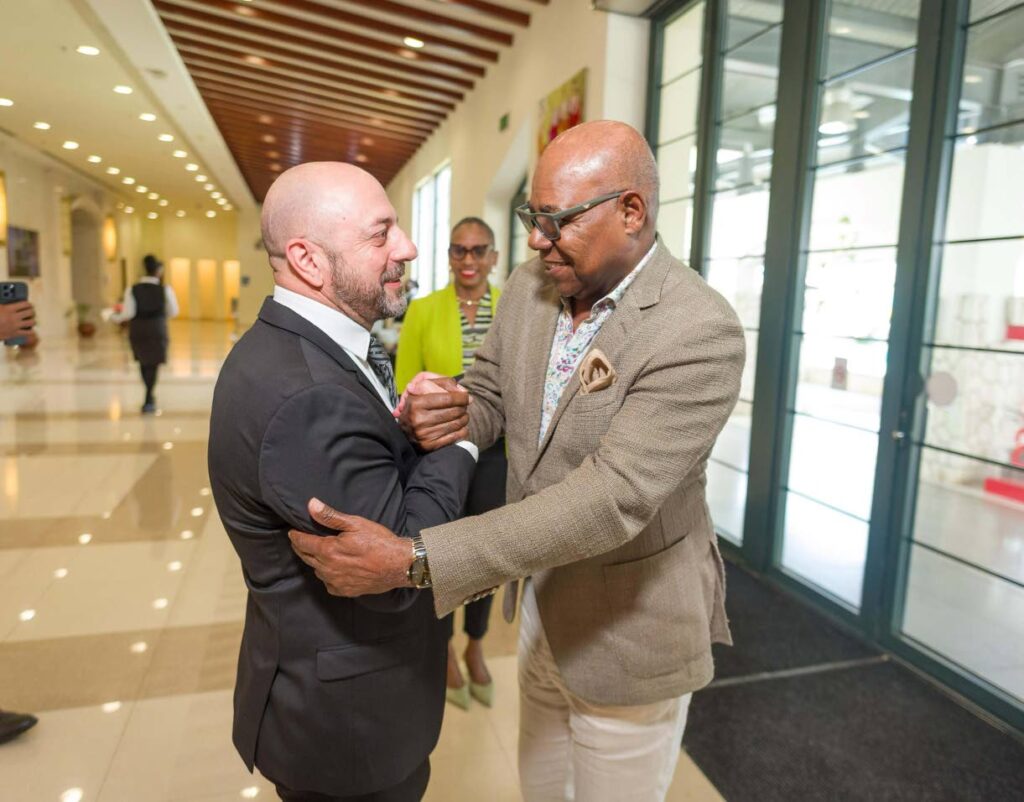Kiwi Woman's Mind-Controlled Writing Breakthrough: Audrey Crews and Neuralink's Brain Chip Tech

A remarkable moment for neuroscience and assistive technology! Audrey Crews, a Kiwi woman paralysed for two decades, has become the first Neuralink patient to successfully write using only her thoughts. This groundbreaking achievement, backed by Elon Musk's Neuralink, offers a glimpse into a future where technology can restore communication and independence to those living with paralysis.
Who is Audrey Crews? Audrey Crews' story is one of incredible resilience. After being paralysed for 20 years, she faced the profound challenge of losing the ability to communicate effectively. Her participation in the Neuralink trial represents a beacon of hope, demonstrating the transformative potential of brain-computer interfaces (BCIs).
Neuralink: Elon Musk's Brain Chip Technology Neuralink, founded by Elon Musk, is a neurotechnology company developing implantable brain-machine interfaces. The company's goal is to create devices that can be implanted in the brain to record and stimulate brain activity. This technology aims to treat a range of neurological conditions, from paralysis and spinal cord injuries to Parkinson's disease and even mental health disorders. The ultimate vision, according to Musk, includes enhancing human capabilities.
How Does it Work? Neuralink’s implant, known as the N1 chip, is a tiny device containing thousands of electrodes. These electrodes are surgically implanted into specific areas of the brain responsible for motor function and language processing. The chip then wirelessly transmits brain signals to an external device, which can be programmed to perform various tasks. In Audrey Crews’ case, the chip interprets her thoughts and translates them into text, allowing her to communicate through a computer.
The Breakthrough with Audrey Crews Audrey’s participation in the Neuralink trial has been pivotal. She has demonstrated the ability to use the implant to control a computer cursor and type words simply by thinking about them. This is a significant step forward, showing that the technology is not just viable but also capable of providing practical benefits to individuals with severe paralysis. The initial results, shared publicly, show Audrey successfully writing messages and navigating a computer interface with remarkable accuracy.
Implications and Future of Neuralink Audrey Crews' success story is just the beginning. Neuralink's technology holds immense promise for people living with debilitating neurological conditions. Beyond restoring communication, the potential applications extend to controlling prosthetic limbs, restoring sensory function, and even treating mental illnesses. However, the technology also raises ethical considerations regarding privacy, security, and potential misuse. Ongoing research and rigorous testing are crucial to ensure the responsible development and deployment of these powerful tools.
What's Next for Neuralink? Neuralink is continuing to refine its technology and expand its clinical trials. The company is working towards achieving greater accuracy, speed, and reliability in brain-computer communication. They are also exploring new applications for the technology beyond assistive devices, including potential uses in areas like artificial intelligence and human augmentation. The progress with Audrey Crews signifies a giant leap towards a future where the boundaries between the human brain and technology become increasingly blurred.






